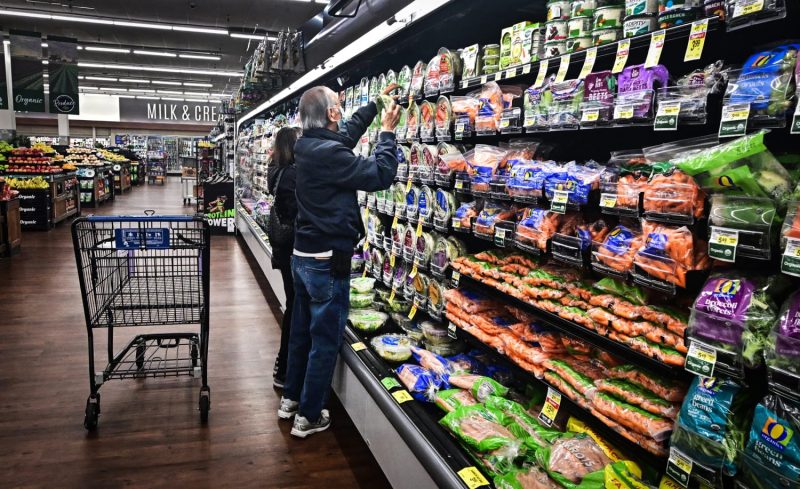
Unraveling the Mystery of Expensive Groceries: A Glimmer of Hope for Consumers
**Factors Influencing Grocery Price Fluctuations**
One of the core reasons behind the high cost of groceries in the contemporary market is the influence of various external factors. These factors play a critical role in determining the prices of essential food items, subsequently impacting the consumers’ purchasing power and overall food security. Understanding these influences is essential in shedding light on the complexities of the global food market and how consumers may navigate these challenges to potentially witness relief in their grocery bills.
**Supply Chain Disruptions**
One of the primary factors contributing to the elevated prices of groceries is disruptions within the supply chain. The food supply chain is a complex network that involves numerous stakeholders, including farmers, distributors, retailers, and transportation services. Any disruption at any stage of this chain can have ripple effects on the availability and pricing of food items. For instance, extreme weather events, such as floods or droughts, can devastate crops and reduce harvest yields, leading to scarcity and increased prices of agricultural produce.
**Market Speculation**
Market speculation is another significant driver of grocery price fluctuations. Speculators, including investors and financial institutions, often engage in commodity trading, where they buy and sell food products as a financial investment. This speculative activity can artificially inflate the prices of essential commodities, creating volatility in the market. Additionally, the influence of external factors, such as geopolitical tensions or economic instability, can further exacerbate price fluctuations, making it challenging for consumers to predict and budget for their grocery expenses.
**Global Trade Dynamics**
The interplay of global trade dynamics also plays a crucial role in determining the cost of groceries. The globalization of food supply chains means that countries rely on imports and exports to meet their food demands. Changes in trade policies, tariffs, or trade agreements can disrupt the flow of goods, leading to fluctuations in prices. Furthermore, currency exchange rates and international market conditions can impact the cost of imported food items, directly affecting the prices consumers pay at local grocery stores.
**Consumer Behavior and Demand**
Consumer behavior and demand patterns significantly influence the pricing of groceries. Changing consumer preferences, such as increased demand for organic or specialty products, can create shifts in the market, affecting supply and pricing. Additionally, seasonal variations and holiday periods can lead to spikes in demand for certain food items, causing temporary price surges. Understanding these consumer dynamics is crucial for retailers and suppliers to anticipate market trends and adjust pricing strategies accordingly.
**Conclusion**
In conclusion, the high cost of groceries is a multifaceted issue influenced by various external factors, including disruptions in the supply chain, market speculation, global trade dynamics, and consumer behavior. By comprehending these factors, consumers can gain insights into the complexities of the food market and make informed decisions to manage their grocery expenses effectively. While achieving lasting relief from rising grocery prices may require systemic changes and collective efforts, understanding the underlying influences can empower individuals to navigate the challenges of the current food economy.
